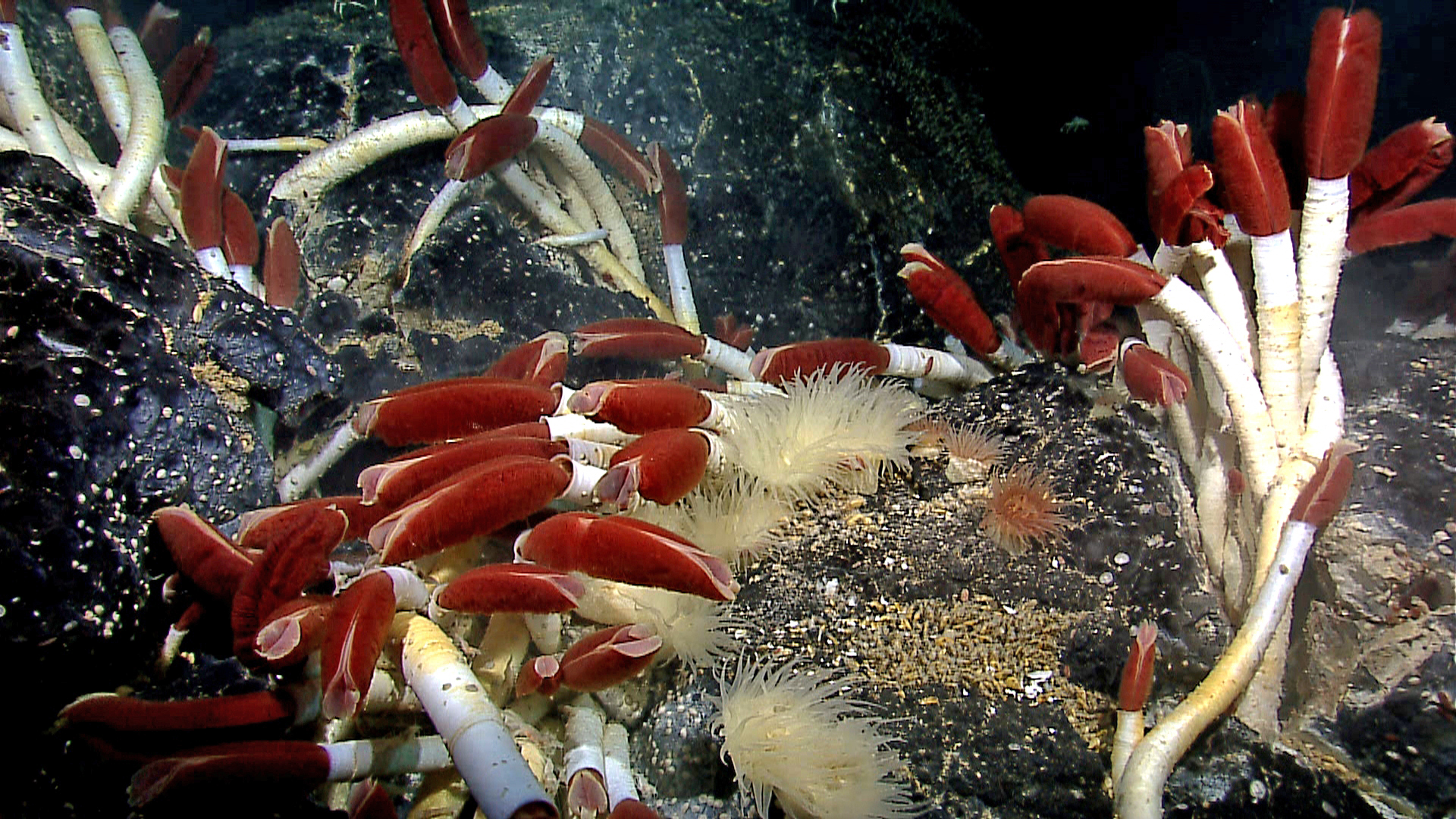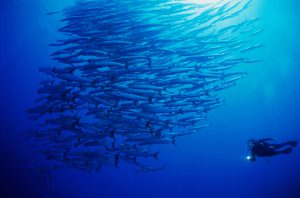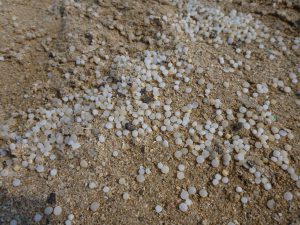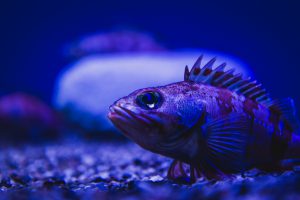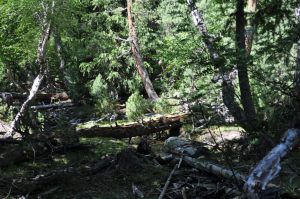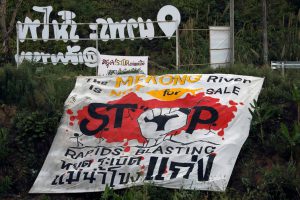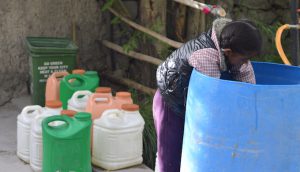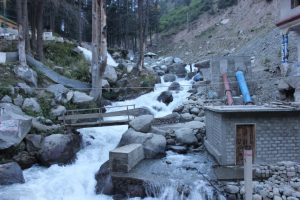There is growing interest in opening up the deep-sea to industrial mining for copper, nickel, cobalt, gold, rare earths and other metals. But at what cost?
The International Seabed Authority (ISA) is meeting this week to discuss a strategic plan for the development and regulation of mining in the deep ocean beyond national waters.
The ISA was established in 1994 under the United Nations (UN) Convention on the Law of the Sea. It is responsible for deciding whether, how and under what conditions, mining could be permitted in the international area of the seabed, an area equal to about a third of the earth’s surface.
The ISA has already issued 29 contracts to companies and state agencies from China, Korea, Japan, UK, Germany, Belgium, France, Russia, Brazil, India, Poland and a number of South Pacific countries to explore for metals in the Pacific, Atlantic and Indian oceans.
Biodiversity at risk
But the deep-sea is increasingly recognised as one of the largest reservoirs of biodiversity on the planet and critical to supporting planetary ecological systems.
This first World Ocean Assessment report, published by the UN in 2016, also concluded that deep-sea ecosystems are already stressed by climate change, pollutants, and other human activities. Even plastics are making their way into the deep ocean. A recent study found plastics in the stomachs of fish in depths of 11,000 metres – the very deepest parts of the ocean.
Several scientific papers published in the past year have concluded that if deep-sea mining is allowed then biodiversity loss is inevitable. This is because many deep ocean species are long-lived, and ecosystems will struggle to recover, or may never recover, from mining impacts.
If deep-sea mining is allowed then biodiversity loss is inevitable
Other studies have pointed to the uniqueness of deep-sea hydrothermal vent ecosystems that harbour chemosynthetic life forms such as giant tubeworms. These recent discoveries have vastly broadened our understanding of how life has evolved on our planet.
The vents also form mineral deposits known as polymetallic sulfides. The ISA has issued exploration licenses for these, but if active vents are mined then the life that thrives in these rare ecosystems will be destroyed.
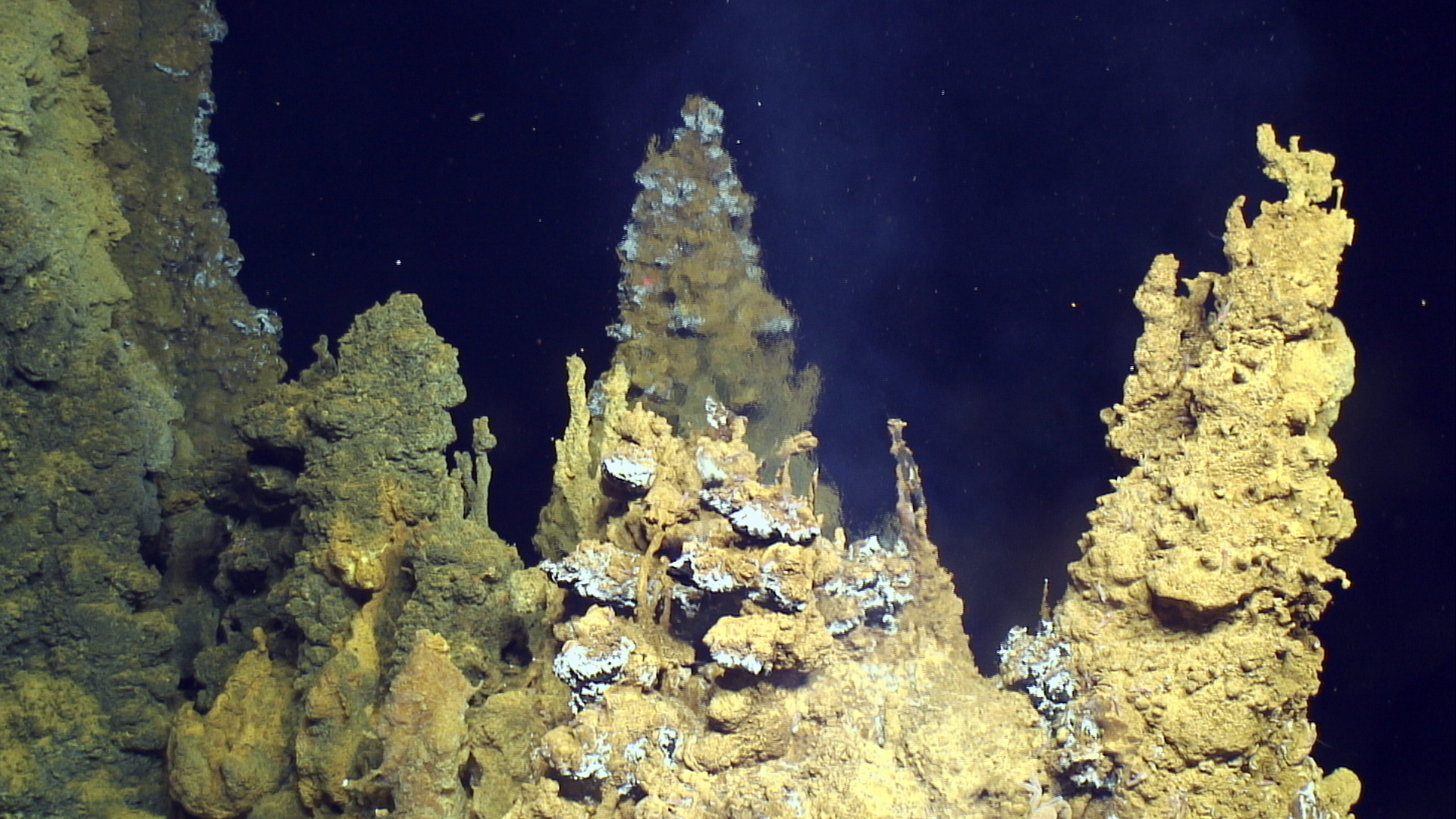
Weighing the risks
Given the role of the deep-sea and the vulnerability of species and ecosystems to long-term and potentially irreversible damage, it is important that we first understand the risks before deciding whether, and under what conditions, deep-sea mining could be permitted to occur.
This is the essence of a resolution adopted by the European Parliament in January of this year, which called for a moratorium on deep-sea mining until the risks are fully understood.
The Parliament also called for greater transparency by the ISA so that it ensures “effective protection” of the marine environment. This, after all, is its obligation under the Convention on the Law of the Sea. The ISA is also charged with acting for the “benefit of mankind as a whole” as the global steward of the international seabed, referred to in international law as the “common heritage of mankind”.
The UN’s 2030 Sustainable Development Goals (SDGs), adopted in 2015, commit all countries to rethink their economies, their use of the earth’s natural resources, and the protection of our oceans and wider environments in the context of sustainable development.
SDG 14 commits all nations to conserve and sustainably use the oceans, seas and marine resources for sustainable development. We need to conserve the ocean and we need to be investing in reusable technologies, recycling, and better product design to ensure we make the best use of the resources we have.
SDG 14 also commits nations to protecting and restoring ocean ecosystems and enhancing their resilience to be able to better survive the harmful effects of climate change.
The Chinese government has repeatedly told the ISA that it needs to take time for careful consideration and scientific study, while other voices are clamouring for rapid action and adoption of regulations to allow deep-sea mining.
China Ocean Mineral Resources Research and Development Association (COMRA) recently held a workshop in Qingdao to start development of a Regional Environmental Management Plan (REMP) for an area of the western Pacific where China, Russia, Japan and Korea have exploration claims for cobalt crust mining on seamounts. REMPs are essential environmental tools to assess the regional characteristics and environmental needs.
Countries must seriously weigh whether deep-sea mining is consistent with the Sustainable Development Goals and their obligations under international law. Is it worth the risk of significant biodiversity loss and the degradation of deep ocean ecosystems? This is a debate that should occur this week at the ISA and within the broader international community of nations as a whole. The future of our oceans is at stake.
